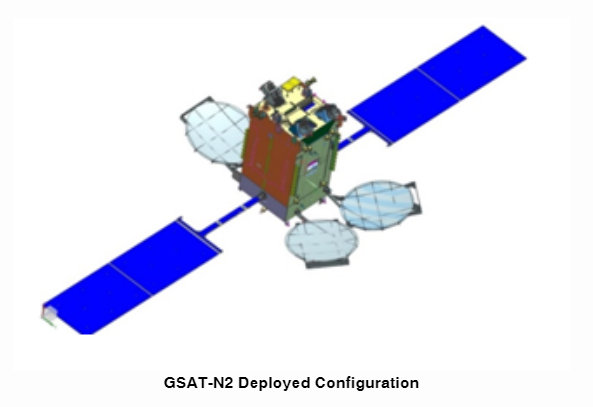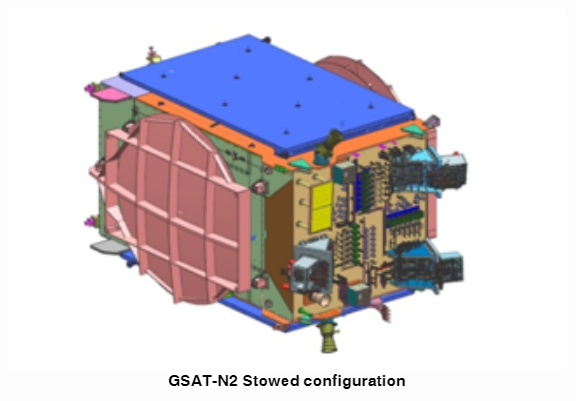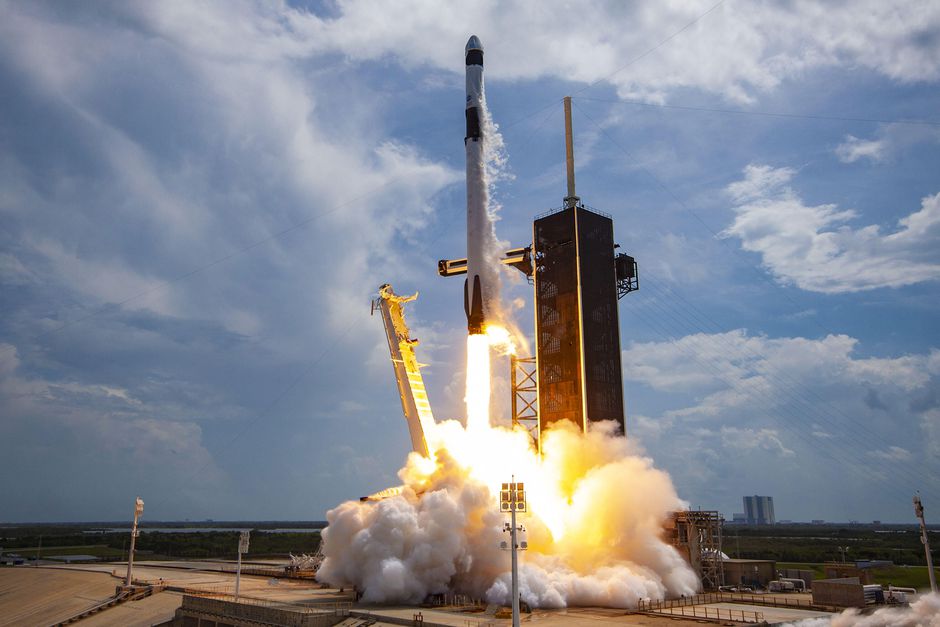SPACE X Launching INDIA’s GSAT N2 Satellite?
SPACE X Launching INDIA’s GSAT N2 Satellite? As per our Sources and various article on youtube by a channel gareebscientist and various other news article from livemint, Reddit, Adda247, it has now confirmed that Speace x will be launching India’s GSAT N2, using their falcon rocket,
as we are well aware that ISRO’ has a very stable and most affordable cargo carrying vehicle, for example Polar Satellite Launch Vehicle (PSLV), Geosynchronous Satellite Launch Vehicle (GSLV), Geosynchronous Satellite Launch Vehicle Mk-III (LVM3).
Table of Contents
Previously launch of GSAT N2 Will be launching through the pride launcher of ISRO GSLV MK3 (LMV3) but after the modification happen in GSAT N2, from electric thruster to chemical thruster which has also increase the weight of satellite, which was previously mention at 3 tons in 2018, now after upgradation it has reached to 4.7 tons, because of which launch vehicle presently india cannot launch it, LMV3 has a maximum weight load capacity of 4 tons, so ISRO has shifter their heads to SPACE X for their upcoming Satellite launch

GSAT N2
GSAT-N2 (GSAT-20) is a high-performance Ka-band communications satellite of New Space India Limited (NSIL), the commercial arm of the Indian Ministry of Space and ISRO. GSAT-N2 is NSIL’s second demand-driven satellite.

CAPABILITIES
GSAT-N2 is designed to improve broadband services and In-Flight Connectivity (IFC) across India. With multiple target beams and broadband Ka x Ka transponders, this satellite aims to support a large subscriber base with small user terminals, significantly increasing system performance thanks to a multi-radio architecture that enables frequency reuse.GSAT-N2 with a lifting mass of 4700 kg has a service life of 14 years. The satellite is equipped with 32 user beams, of which 8 narrow target beams over the Northeast region and 24 wide target beams over the rest of India. These 32 beams are supported by central stations located in mainland India. Ka-Band HTS communications payload provides approximately 48 GBPS through put. The payload consists of three parabolic 2.5m deployable reflectors with multiple streams that produce 32 target beams over India using one feed per beam array.
SPACECRAFT STRUCTURE
The structure of the GSAT-N2 spacecraft is based on a standard carbon fiber reinforced polymer (CFRP) I4K rail. GSAT-N2 is compatible with all major launch vehicles. The thermal management kit includes both active elements such as heat pipes and heaters as well as passive elements such as multilayer insulation covers (MLI), optical solar reflectors (OSR), thermal paints and coatings, as used in previous tasks. The NandS solar arrays are powered by solar docking mechanisms on the north and south sides of the spacecraft. Each Ka-band antenna is equipped with a mounting and pointing mechanism to place the antenna in orbit and precisely point it.

PROPULTION SYSTEM
The GSAT-N2 propulsion system is configured with a single two-propellant chemical propulsion system using MON3 as an oxidizer and MMH as a fuel. The GSAT-N2 power system is a single fully regulated 70 V bus consisting of solar panels for power generation, lithium-ion batteries for energy storage and peak load support, and power electronics for power processing and distribution. The electrical system is designed to meet a power requirement of approximately 6 kW.
ORBIT CONTROL SYSTEM
The Attitude and Orbit Control System (AOCS) uses the body’s stabilized, pulse-based system with motion/reaction wheels to create a stable communication platform. Along with the thrust subsystem, the AOCS provides the capability for 3-axis attitude control using on-orbit thrusters, as well as orbital lift and fine orbit corrections. The satellite has a sun sensor, a ground sensor, an inertial reference unit (IRU) and a star sensor. All sensors provide position information in the form of absolute position, while the IRU provides position velocities and increment angles for all axes.
like me if you are also crazy about space and space talk, leave a comment down below, and we can talk their on various project, follow us @www.technnologic.com
great content available on our website:
